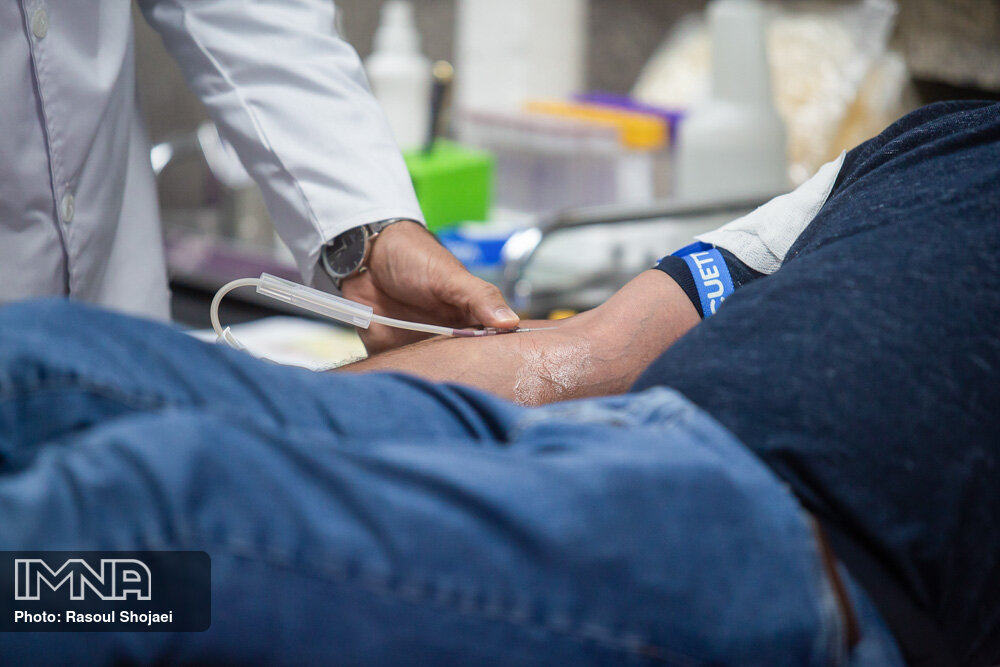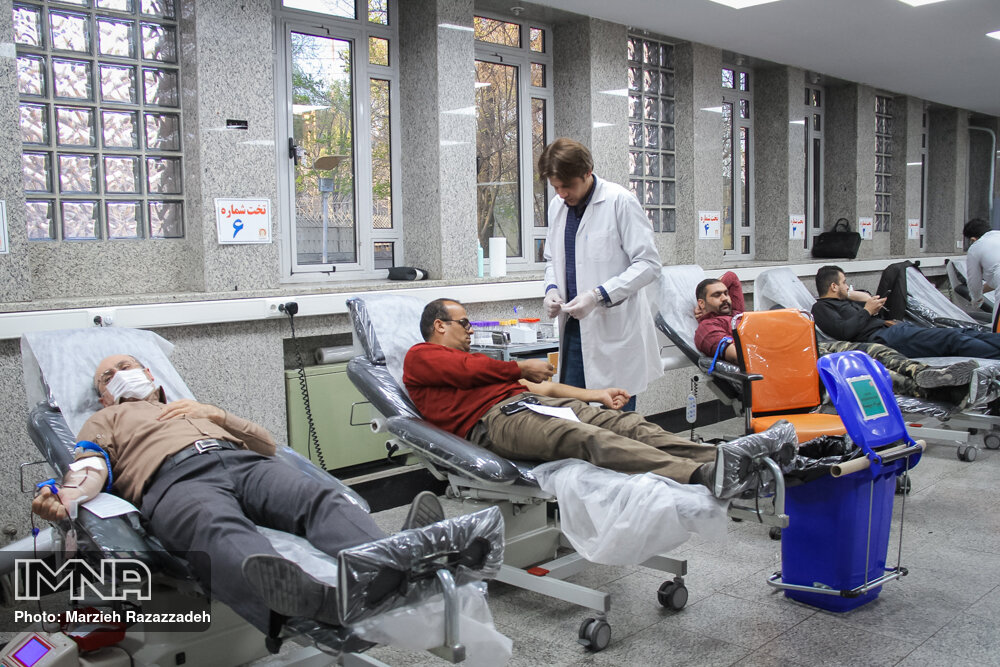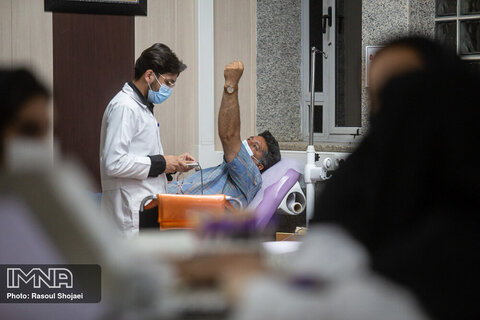Iran (IMNA) - These activities include blood donation drives, public rallies, and educational campaigns that seek to dispel myths and misconceptions surrounding blood donation. Through these efforts, World Blood Donor Day has helped increase the number of voluntary donors worldwide, thereby ensuring a steady supply of safe blood for transfusion. However, despite these achievements, much remains to be done to achieve universal access to safe blood transfusions. Many countries still face challenges ensuring an adequate supply of safe blood due to factors such as inadequate infrastructure, insufficient funding, and cultural barriers. Therefore, it is crucial that we continue to support initiatives aimed at promoting voluntary blood donation and improving access to safe blood transfusions for all those who need it.
This process of blood donation involves collaboration with national health authorities, blood transfusion services, and other stakeholders to develop policies and guidelines for the collection, processing, and distribution of plasma-derived products. In addition, WHO works to strengthen the capacity of healthcare providers to diagnose and manage patients with rare bleeding disorders or immune deficiencies that require plasma protein therapies. This includes training on the appropriate use of these therapies, monitoring adverse events, and ensuring adequate supplies are available. WHO also supports research to improve the safety and efficacy of plasma-derived products, as well as alternative therapies such as recombinant proteins or gene therapy. Ultimately, WHO's goal is to ensure that all patients in need have access to safe and effective plasma protein therapies, regardless of where they live or their ability to pay.
The motivation for donating is straightforward: it helps save lives. In fact, someone needs blood every two seconds of every day. Because blood cannot be generated outside the body and has a limited shelf life, the supply must be renewed on a regular basis by charitable blood donors.

Blood donations are critical to the treatment of patients in your community. Although 37% of the population is eligible to donate blood, only 5% do so. With each blood donation, you provide patients and their families at their community hospitals with strength, hope, and bravery. More reasons to give may be found here.
There are several reasons why patients require blood. A widespread misconception concerning blood usage is that accident victims require the most blood. People who require the most blood are those who:
- undergoing cancer treatment.
- Having orthopedic surgery
- Having cardiovascular surgery
- Treatment for hereditary blood diseases
Blood donation in Iran
With a 26 per thousand population average blood donation rate, Iran has a competitive edge relative to the rest of the world.
The World Health Organization estimates that 31.5 blood donations are made for every 1000 people in high-income countries. This contrasts with 16.4 donations per 1,000 people in upper-middle-income countries, 6.6 donations per 1,000 people in lower-middle-income countries, and 5.0 donations per 1,000 people in low-income countries.
40% of the 118.5 million blood donations obtained annually are collected in high-income countries, which account for 16% of the global population.
Up to 54% of blood transfusions in economically disadvantaged countries are given to children under the age of five, whereas up to 76% of transfusions in high-income countries are provided to patients over the age of 60.
In countries with elevated incomes, there are 31.5 blood donations per 100,000 individuals, 16.4 in upper-middle-income countries, 6.6 in lower-middle-income countries, and 5.0 in low-income countries, according to samples of 1000 persons.
The number of voluntary, unpaid blood donations increased by 10.7 million from 2008 to 2018. Overall, 79 nations receive more than 90% of their blood supply from unpaid, voluntary donors; yet, 54 nations receive more than 50% of their blood supply from paid, family, or replacement donors.
Transfusions of safe blood can save lives and enhance health, but many people who need them do not have prompt access to them. Every nation's national health care strategy and infrastructure should include the provision of safe and sufficient blood.
WHO advises that national blood supply networks should be well organized and integrated in order to manage all operations connected to blood collection, testing, processing, storage, and distribution. To encourage the consistent application of standards and uniformity in the quality and safety of blood and blood products, the national blood system should be managed by a national blood policy and legislative framework.
40% of the 118.5 million blood donations received worldwide, which account for 16% of the world's population, are done so in high-income nations.

The theme for World Blood Donor Day 2023
The campaign tagline for World Blood Donor Day 2023 is "Give blood, give plasma, share life, and share often." It emphasizes the necessity of donating blood or plasma on a regular basis in order to provide a safe and sustainable supply of blood and blood products that is always accessible all over the world, allowing all patients in need to get prompt life-saving treatment. The requirements for donor selection vary by nation; however, most people who are healthy and do not have an illness that can be transferred via their blood can give blood. Blood donation does not make you weak. According to published research, blood volume (plasma) is regenerated within 24–48 hours. In healthy people, red blood cells renew for about 3–4 weeks.


Your Comment